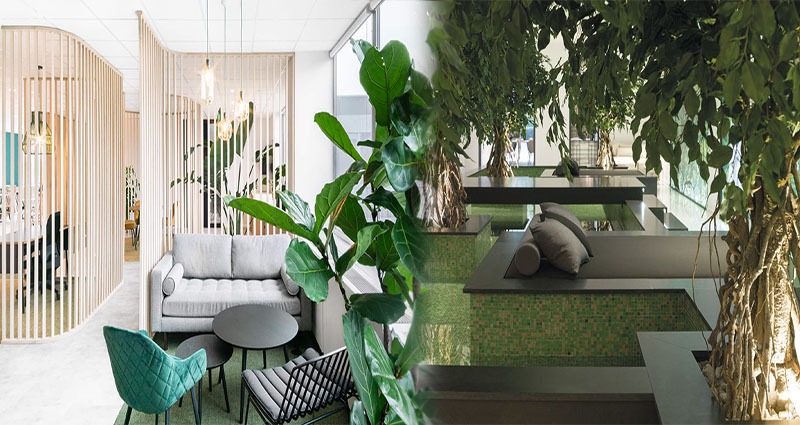Biophilic Design Elements in Sustainable Architecture
Biophilic design is an approach to architecture that incorporates nature and natural elements into building design. It aims to improve human well-being by creating a connection between the built environment and the natural world. Sustainable architecture is another approach that seeks to minimize the environmental impact of buildings. Using biophilic design elements in sustainable architecture creates a space that is not only sustainable but also supports human health and well-being. In this article, we will explore some of the key biophilic design elements that can be incorporated into sustainable architecture.
Natural Light and Views
One of the primary biophilic design elements in sustainable architecture is the use of natural light and views. Access to natural light and views of nature has been shown to improve human health and productivity. Large windows, skylights, and open layouts allow for increased natural light and views of surrounding natural environments. This not only connects … READ MORE ...











